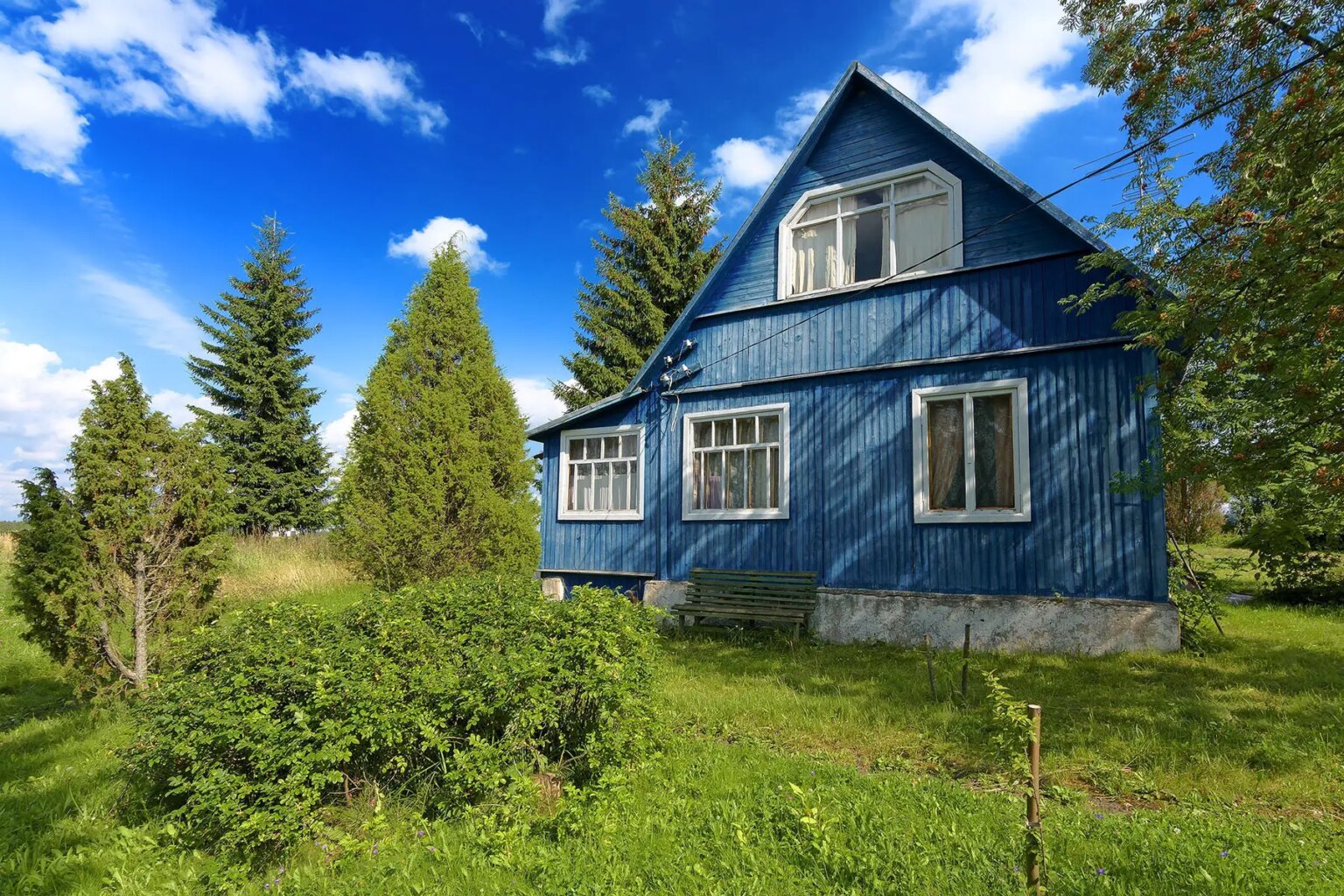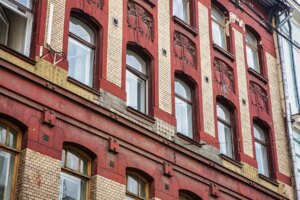Important notice from the Editor in Chief
Maintaining our Russian site is a delicate matter during the war. We have chosen to keep its content online to help our readers, but we cannot ensure that it is accurate and up to date. Our team endeavors to strike the right balance between giving information to those who need it, and respecting the gravity of the situation.
If you want to buy a home in Russia, different mortgage options apply depending on whether you’re a resident or non-resident.
The Russian mortgage industry is still relatively young. Many variations exist depending on which Russian bank or mortgage lender you’re dealing with.
This guide explains the process of getting a mortgage in Russia, how much you can borrow, interest rates, mortgage calculators, and the costs.
Should you buy real estate in Russia?
House prices in Russia have started to rise slightly after a period of little movement. The Russian Federal State Statistics Services (Rosstat) said that resale apartments increased in value by 0.7% in the second quarter of 2018.
A report published in November 2018 noted that Russians were piling into the property market, taking out 2,000,000 p. worth of mortgages in the first nine months of the year as loan rates hit an all time low. Approval rates, which were up around a third in 2018, reflected that the average mortgage rate had dropped almost half a percent to 9.41%.
As of January 2019, the average mortgage rate has risen to 9.66%, according to the Central Bank of the Russian Federation.
How much can you borrow in Russia?
The maximum you can borrow depends on the bank’s loan-to-value (LTV) policy, but a general maximum is 80% of the sale price. Depending on the institution and type of property, maximum LTVs can range from 40% to 85%.
As in most countries, potential borrowers also have income-based limitations. The new mortgage payments, plus other debts on worldwide assets, must not exceed 35% of the borrower’s net income.
Mortgage calculators
Owing to the relative youth of the Russian mortgage industry, many banks offering mortgages in Russia prefer potential buyers to contact them directly for a consultation and quote. This is typically available for free.
A few institutions, such as Uni Credit Bank, are starting to put online mortgage calculators on their website.
Cost of getting a mortgage in Russia
Compared to other global markets, Russian mortgages are light on fees and charges. In fact, many banks have no mortgage fees, underwriting fees, or insurance requirements. On the downside, Russian interest rates are typically over 10% more than prime rates in other global markets.
Upon transferring the deed, buyers of Russian properties typically pay fees. These include the real estate agent’s fee (2–5%), the notary’s fee (0.5–1.5%), and a registration fee (up to 1%).
Tax considerations
Taxes in Russia are very simple for Russian non-residents. Most income sources, including income from rental properties, is taxed at a flat rate of 30%. Expenses associated with the property – including mortgage interest – are not deductible or credited against the income.
Capital gains are considered normal income, and thereby taxed at the nominal 30% rate. Gains are calculated without consideration of acquisition costs, repairs and maintenance or other associated expenses.
VAT only applies to rental properties. Non-income producing residential properties are currently exempt from VAT.
Russian residents pay income tax of 13% on most sources of income, including rental income. As with non-residents, capital gains are taxed at the resident’s nominal rate.
If tax-residents are purchasing a new home or apartment, they may be allowed to deduct up to 2,000,000 p. of the property improvement costs and up to 3,000,000 p. on the construction loan interest.
While this opportunity may present significant tax savings, you can only use it once.
Documents for applying for a Russian mortgage
As the buyer pays registration fees, one step before seeking a Russian mortgage is to get a taxpayer identification number. This number associates the individual with tax payments, of course. It also applies to all duties, dues, and other payments to any government service.
Most banks can respond to a mortgage application in one business week or less. It isn’t necessary to start the application process before reviewing potential properties.
When you are ready to secure your mortgage, you’ll need certain documents, such as:
- photo ID (such as a passport);
- property title documents;
- a statement from the Urban Registration Office documenting that the property is free from encumbrances, has no limitations on disposal, and the floor plan;
- executed purchase agreement;
- a description of the condition of the property.
You may also need to open a Russian bank account with an amount equal to the down payment.
As there are many lending differences between Russian banks, you will also want to review with your selected institution any specific requirements they may have.
How to apply for a mortgage
A peculiarity of Russian mortgages is the freedom of the borrower to choose which denominating currency to use. You can select from Russian rubles, US dollars, or euros.
The currency isn’t the only thing that could affect the terms of your loan. Your felt cost of the mortgage is the effect of the prevailing foreign exchange rate and the currency in which you earn your income.
Thus, an initial step in applying for your Russian mortgage is to gain at least a passing familiarity with foreign exchange rates.
From a technical perspective, mortgages and the application process are generally the same across different markets.
The Russian market, however, seems to be far more geared toward a consultative application process. This is in contrast to the multiple-choice process of selecting various products commonly offered in other European countries.
Thus, prospective borrowers can prepare for a consultation with their lender on terms appropriate to their situation rather than fitting into a particular product.
Types of Russian mortgages
Another peculiarity of Russian mortgages is that the type of mortgage varies depending on the property type. The mortgage term when purchasing an apartment or flat, for example, will differ significantly from a mortgage used to purchase a country cottage.
However, regardless of the property type, the structure for most mortgages are for principle repayment plus floating-rate interest.
There are several banks, mortgage lenders, and financial institutions that cater to foreign investors (read about banking in Russia). These include:
- Raiffeisenbank – one of the largest full-service banks in Russia
- Sberbank – a leader on the forefront of a changing Russian mortgage industry
- UniCredit Bank – a leading European commercial bank that also serves individual clients



